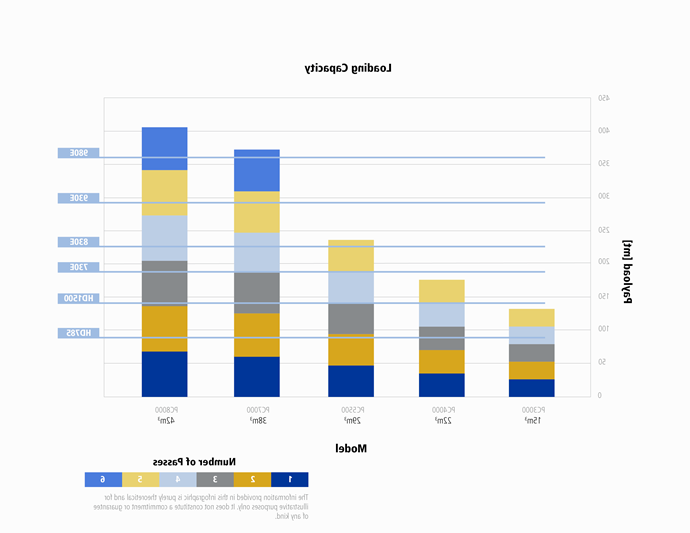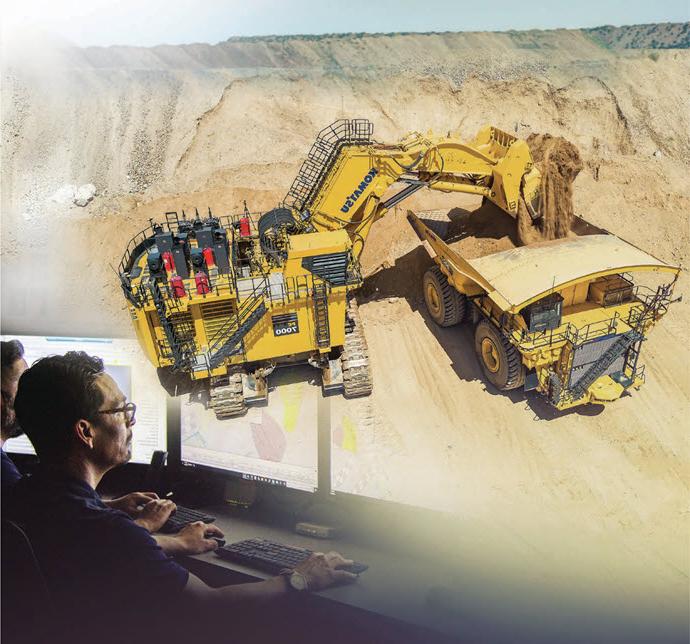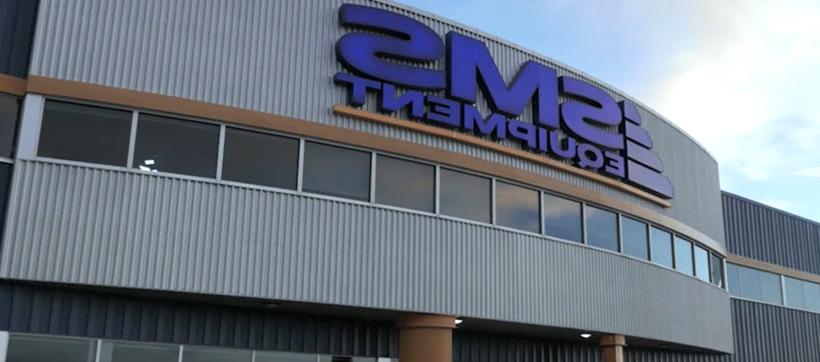Start with the production target.
Gord: Before deciding on equipment, it’s essential to know how much material the mine has to produce to make it profitable. From that point, you have to work backwards to determine how much material you must move to achieve that. Once you’ve done the pre-strip (removal of organics – which later aide in reclamation), there’s still overburden because of what we call the stripping ratio - the amount of waste rock you have to remove versus how much ore you have to move. That can vary. Let’s say 20,000 tons of ore must go to the plant daily. If you have a five-to-one stripping ratio, you have to move 100,000 tons of waste rock to get that 20,000 tons of ore. So, your equipment fleet would have to be sized to move 120,000 tons per day, matched to the distance the total material must move.





